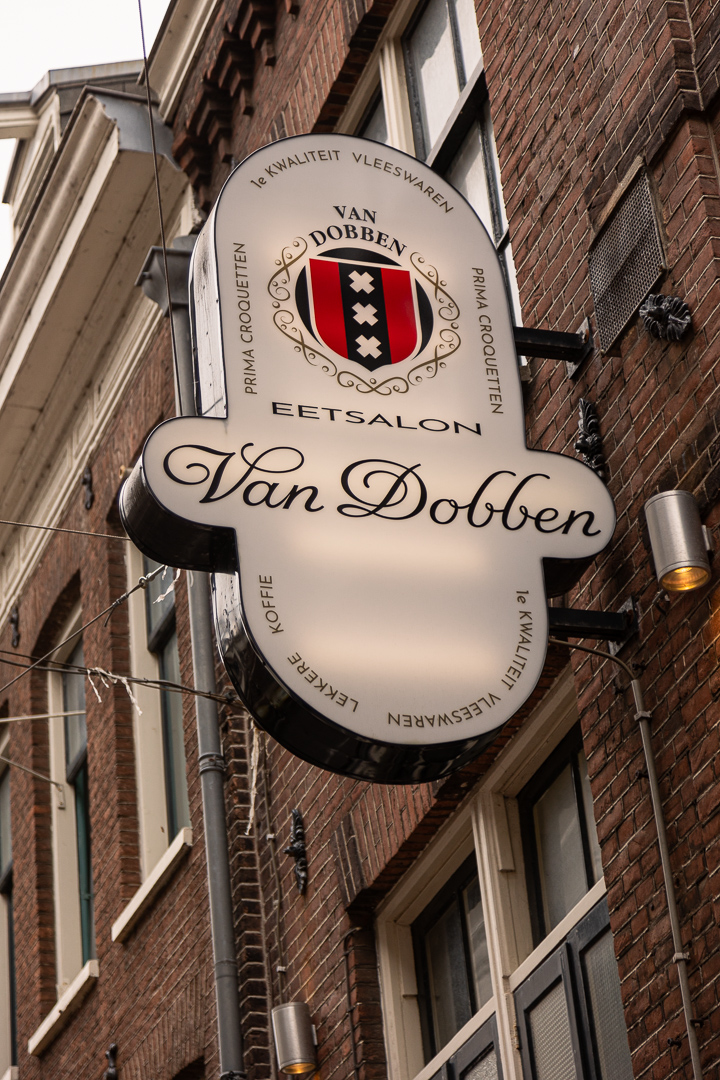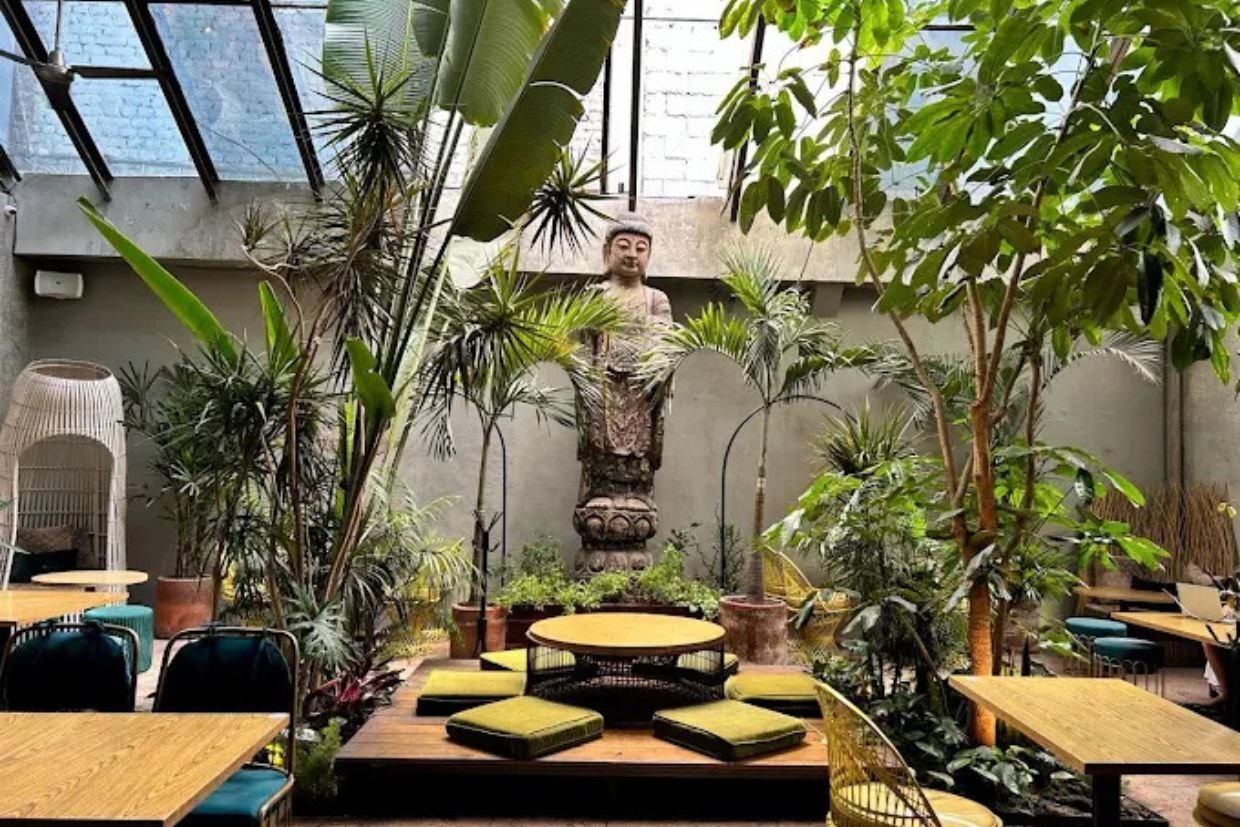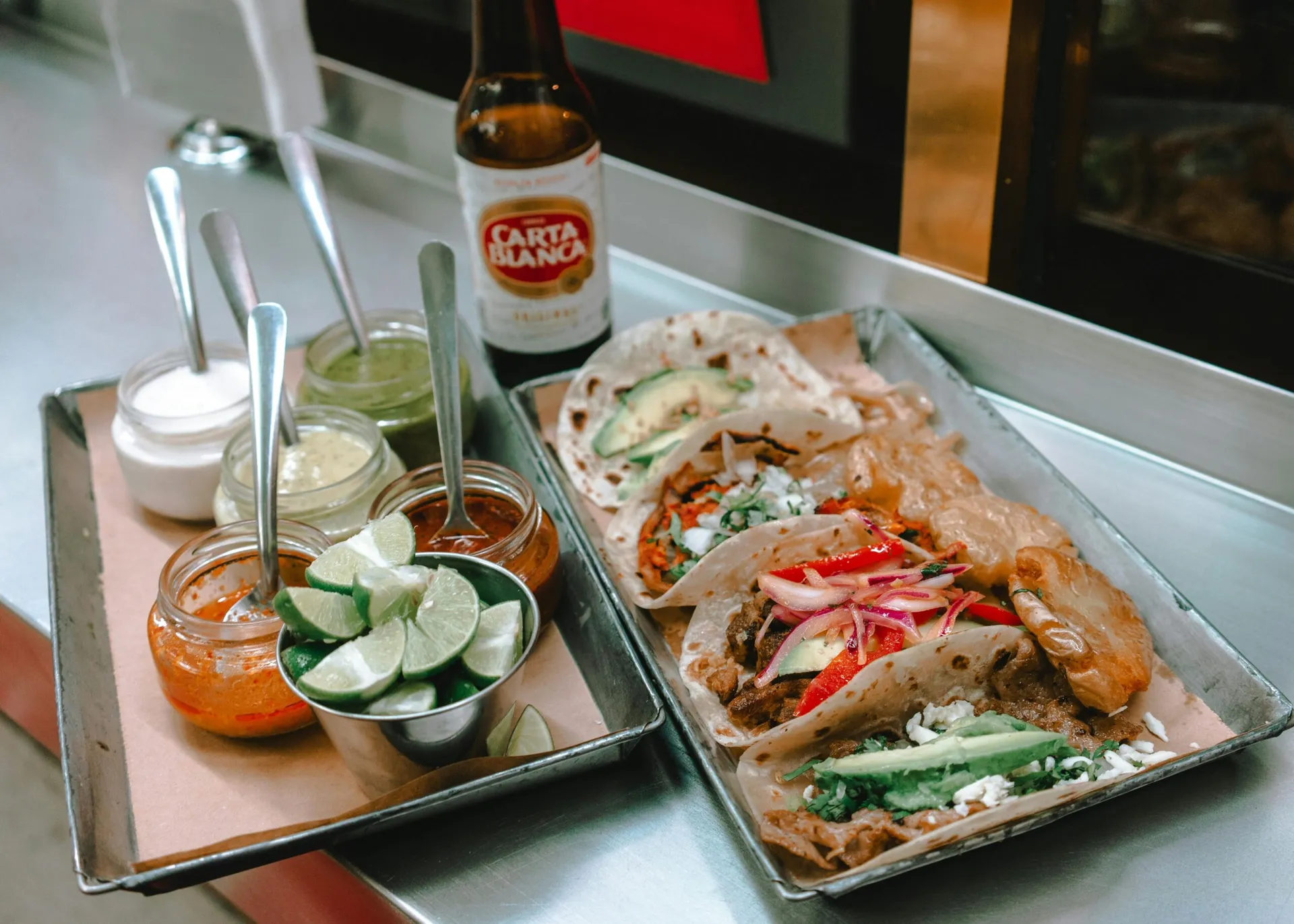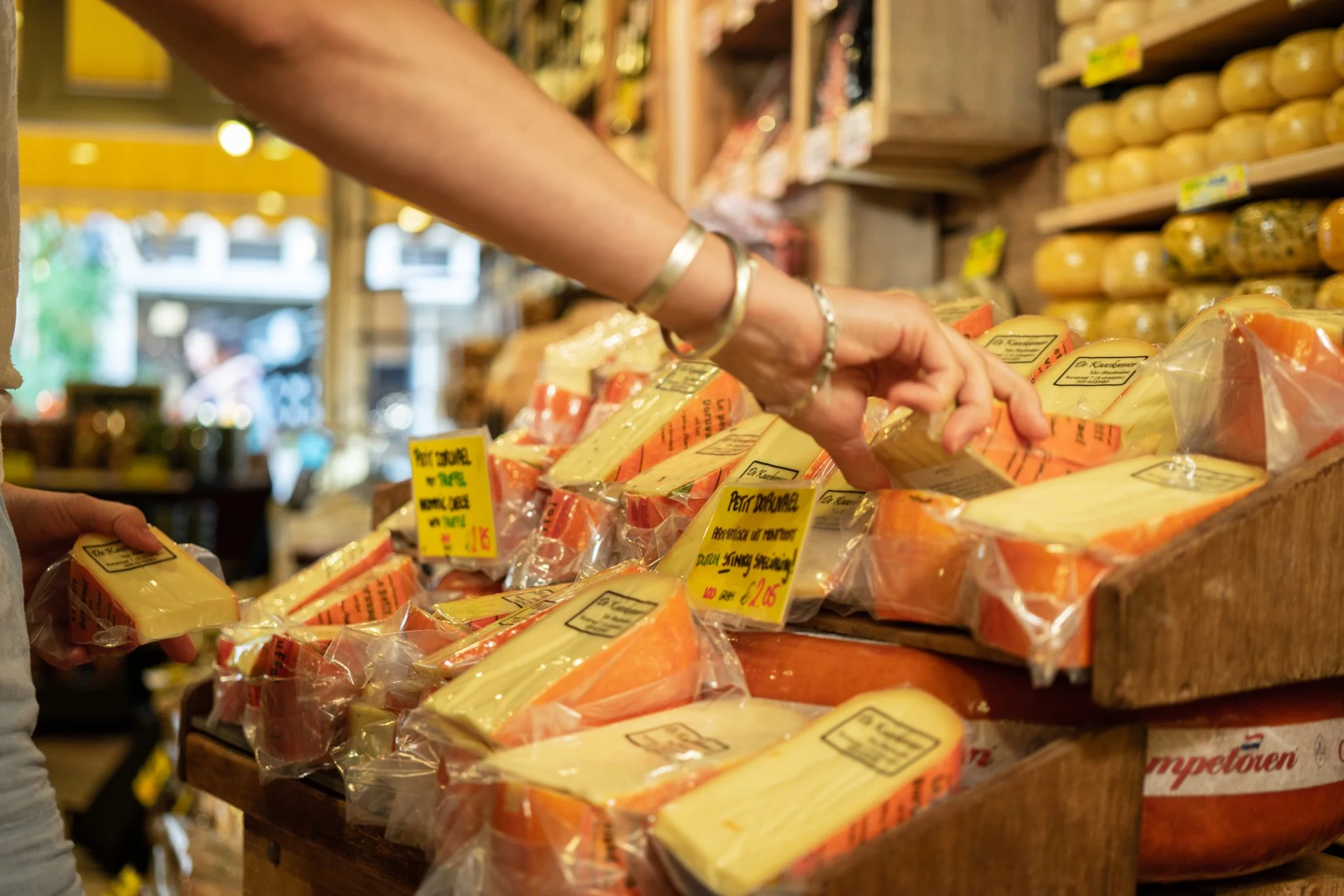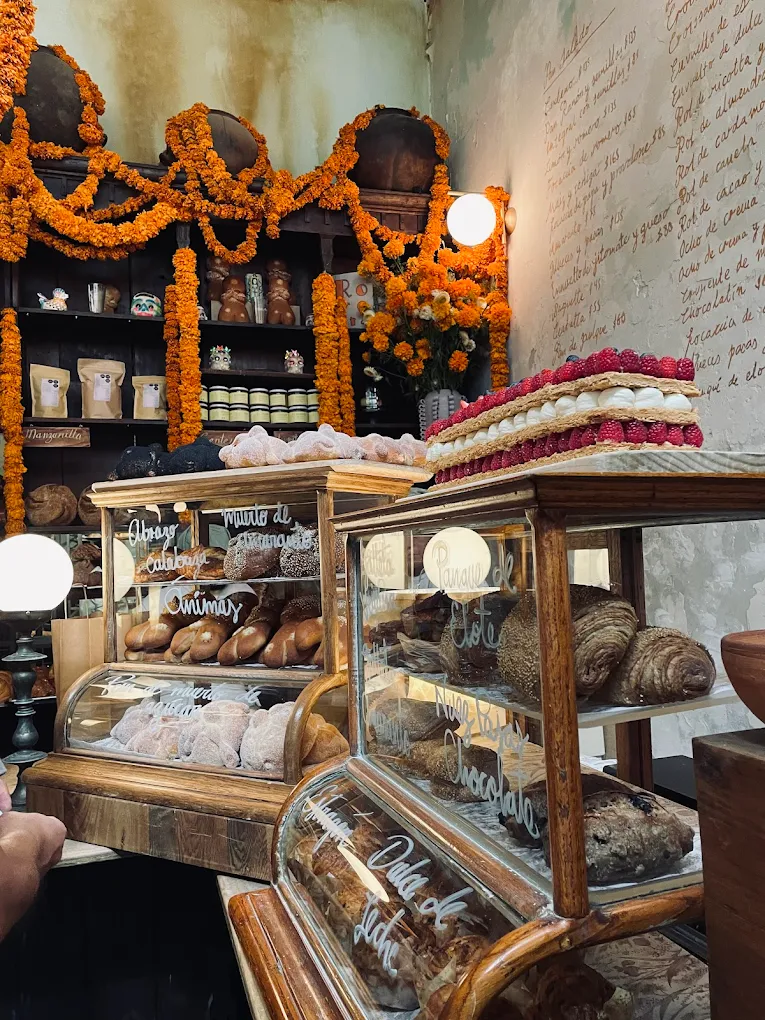Visiting Amsterdam? You must search for the best snack bar in Amsterdam and try the most delightful food for your travel experience. The city’s snack bar scene is a flavorful representation of Dutch culture, offering a variety of traditional and modern snacks that appeal to every palate. From crispy, deep-fried treats like bitterballen and kroketten to indulgent oorlog frites and refreshing milkshakes, Amsterdam’s snack bars go beyond being quick stops—they’re cultural landmarks where locals and visitors come together to savor authentic Dutch cuisine.
Whether you’re wandering through the quaint streets of Oud-West, exploring the lively Albert Cuyp market, or strolling through the historic Red Light District, Amsterdam’s snack bars are always nearby. These venues provide more than just food; they offer a glimpse into the city’s culinary heritage. With atmospheres ranging from retro-inspired diners to elegant art nouveau settings, Amsterdam’s snack bars are essential destinations for anyone eager to experience Dutch comfort food at its finest.
This guide will introduce you to the top spots for enjoying Amsterdam’s iconic snacks, from long-standing traditional snack bars to contemporary locations that add creative flair to classic Dutch dishes. Get ready to savor the flavors, culture, and hospitality that make Amsterdam’s snack bars truly exceptional.
Must-Visit Snack Bars for Traditional Dutch Snacks
1 – FEBO
FEBO is an iconic name in the Dutch snack bar scene, and for good reason. Founded in 1941 by Johan de Borst, FEBO transformed from a traditional bakery into a pioneering automat restaurant. The chain is famous for its ‘snackmuur’ or ‘snack wall,’ where you can purchase a variety of snacks from vending machines. FEBO’s menu includes classics like the rundvleeskroket (beef croquette), frikandel, and kaassoufflé, all made from secret recipes that have remained unchanged since the founder’s time. With 27 locations in Amsterdam alone, FEBO is a must-visit for anyone looking to experience traditional Dutch snacks in a unique and efficient way.
- Address: Oudezijds Voorburgwal 33, Amsterdam
2 – Van Dobben
For a more traditional and cozy snack bar experience, Van Dobben is a standout. Located in the heart of Amsterdam, Van Dobben has been serving Dutch comfort food since 1945. This eetsalon (eating house) is renowned for its bitterballen, which are often cited as among the best in Amsterdam.
Van Dobben also offers a variety of other traditional snacks, including kroketten and frikandellen, all made with high-quality ingredients and a focus on maintaining traditional Dutch flavors. The warm and inviting atmosphere makes it a favorite among both locals and tourists.
- Address: Korte Reguliersdwarsstraat 5-7-9, Amsterdam

3 – Haringhandel Jonk
Haringhandel Jonk is another gem in Amsterdam’s snack bar scene, specializing in one of the Netherlands’ most beloved snacks: herring. This family-run business has been around since 1979 and is particularly famous for its fresh herring, which is sustainably sourced and served in various ways, including raw, pickled, or as part of a traditional Dutch dish.
While not as widely known for deep-fried snacks as FEBO or Van Dobben, Haringhandel Jonk offers a unique and authentic taste of Dutch cuisine that is definitely worth exploring. Its commitment to quality and tradition makes it a must-visit for those looking to experience the full spectrum of Dutch snacks.
- Address: Spui 7a, Amsterdam

Contemporary Snack Bars with a Creative Twist
4 – Bar Botanique
For a modern and vibrant snack bar experience, Bar Botanique in Amsterdam East is a standout. This tropical-themed cafe and bar, designed by Studio Modijefsky, offers a unique blend of light café fare during the day and bistro-style mains and pizzas in the evening. The interior is lush with plants such as palm trees, philodendron, and ferns, creating a dramatic and exotic atmosphere, especially as the late afternoon light shines through.
The menu, which shifts throughout the day, includes a variety of options from healthy juices and sandwiches to more substantial meals, making it an excellent spot for those looking for a creative and refreshing take on traditional snack bar fare.
- Address: Eerste Van Swindenstraat 581, Amsterdam

5 – Ballenbar
Ballenbar offers a modern take on the traditional Dutch bitterballen, reimagining the beloved snack with a gourmet twist. Situated in a vibrant corner of the city, this eatery specializes in high-end bitterballen featuring inventive fillings like truffle, pulled pork, and plant-based alternatives.
The stand ambiance is warm and welcoming, creating the perfect setting to savor these contemporary interpretations of a classic favorite. Ballenbar stands out from typical snack bars through its commitment to premium ingredients and imaginative recipes, delivering a distinctive and flavorful experience for curious food lovers.
- Address: Hannie Dankbaarpassage 16, Amsterdam

6 – The Avocado Show
The Avocado Show is another contemporary gem in Amsterdam’s snack bar scene, focusing entirely on the versatile avocado. This innovative eatery offers a wide range of avocado-based dishes, from avocado toast and smoothie bowls to more complex meals like avocado sushi and burgers.
The Avocado Show is not just about the food; it’s also an Instagram-worthy spot with its sleek and modern interior. For health-conscious food lovers and those looking for a creative, plant-based snack, The Avocado Show is an excellent choice, providing a fresh and trendy take on traditional snack bar cuisine.
- Address: Keizersgracht 449, Amsterdam

Snack Bars with the Best Ambience
7 – MOAK Pancakes
MOAK Pancakes, formerly known as MOOK, offers more than just delicious American-style pancakes; it also provides a unique and inviting atmosphere. With locations in the City Center, De Pijp, and Utrecht, MOAK Pancakes is known for its mellow vibe and aesthetic interiors. The restaurants are adorned with elements of throwback hip-hop culture, including vinyl records and hip-hop-inspired decor, creating a lively yet relaxed environment.
The combination of great food, fresh juices, and a cool ambiance makes MOAK Pancakes an excellent spot to enjoy a meal in a welcoming setting.
- Address: Jodenbreestraat 144, Amsterdam

8 – Café de Tuin
Café de Tuin, which translates to «The Garden Café,» is a hidden gem in Amsterdam’s snack bar scene. Located in a tranquil garden setting, this café offers a serene and natural ambiance that is perfect for a relaxing snack or meal. The menu includes a variety of light bites, sandwiches, and pastries, all made with fresh ingredients.
The peaceful atmosphere, complete with lush greenery and a charming outdoor seating area, makes Café de Tuin an ideal spot to unwind and enjoy some local flavors in a beautiful setting.
- Address: Tweede Tuindwarsstraat 13, Amsterdam

9 – Pllek
Pllek, situated on the NDSM wharf in Amsterdam-Noord, is a unique snack bar that combines industrial chic with a cozy, beach-like atmosphere. This former shipyard turned cultural hub features a restaurant, bar, and event space all in one. The interior is characterized by reclaimed wood, industrial lighting, and a spacious outdoor area with sand and beach chairs, giving it a laid-back, beachy vibe.
Pllek offers a diverse menu that includes healthy snacks, sandwiches, and more substantial meals, making it a great spot to enjoy good food in an eclectic and welcoming environment.
- Address: T.T. Neveritaweg 59, Amsterdam

Why Snacks in Amsterdam Are Perfect for Tourists on Foot?
Exploring Amsterdam on foot is one of the best ways to experience the city’s charm, and snack bars are the ideal pit stops along the way. Whether you’re wandering through canals, museums, or vibrant neighborhoods, snack bars offer quick, tasty, and affordable bites that won’t slow you down. From handheld classics like kroketten or haring sandwiches to warm fries topped with mayo or satay sauce, these snacks are easy to eat while strolling or sitting by a canal. Their strategic locations across the city mean you’re never far from a flavorful break—keeping you energized and ready to keep discovering Amsterdam’s hidden corners.
Taste Amsterdam Like a Local—One Authentic Bite at a Time
Amsterdam isn’t just meant to be seen—it’s meant to be tasted. With the Amsterdam Local Foodie Adventure from Sherpa Food Tour, you’ll step into the city’s true heartbeat, walking through its vibrant neighborhoods, sampling its bold flavors, and connecting with the local culture through every dish.
From golden, crispy kroketten to rich bites influenced by Amsterdam’s Surinamese and Indonesian roots, each stop brings a deeper understanding of how food, migration, and tradition shape the city. Guided by a local expert, you’ll discover where Amsterdammers really eat—skipping the tourist traps in favor of small gems filled with character, soul, and unforgettable flavors. Come hungry, leave inspired.

Amsterdam Local Foodie Adventure
Tasting bites from up-and-coming eateries in Canal Ring, Amsterdam’s trendiest neighborhood!
3.5 hours
+10 dishes & drinks
Max of 8 guests
From $65 USD
A Melting Pot of Flavors and Cultures
Amsterdam’s snack bar scene is a vibrant reflection of the city’s diverse culinary landscape. From traditional Dutch favorites like FEBO and Van Dobben to contemporary twists at spots such as Bar Botanique and BitterballenBourgondiër, there is truly something for every palate. These snack bars also showcase a variety of ambiances, ranging from the cozy atmosphere of Café de Tuin to the industrial chic vibe of Pllek. Be sure to explore both classic and modern options, and take the time to enjoy the international influences that make Amsterdam’s food culture so distinctive. Whether you’re a local or visiting as a tourist, immersing yourself in Amsterdam’s snack bar scene is a must-do experience, promising unforgettable flavors and cherished memories.
FAQ About Snacks in Amsterdam
Are Snack Bars In Amsterdam Vegetarian- Or Vegan-Friendly?
Yes, many snack bars in Amsterdam cater to vegetarian and vegan diets. Places like The Avocado Show offer entirely plant-based dishes, and others such as Ballenbar provide innovative vegan versions of traditional Dutch snacks like bitterballen.
Can I Pay With A Credit Card At Most Amsterdam Snack Bars?
While larger or modern snack bars often accept credit cards, some traditional spots may still prefer local debit cards (PIN) or cash. It’s always a good idea to carry some euros or check payment options beforehand, especially in smaller or family-run places.
What Time Of Day Is Best For Visiting Snack Bars In Amsterdam?
Snack bars in Amsterdam are perfect for a quick bite at any time of day. They’re especially popular around lunchtime or late afternoon, but many stay open late, making them great options for evening or post-night-out snacks.
